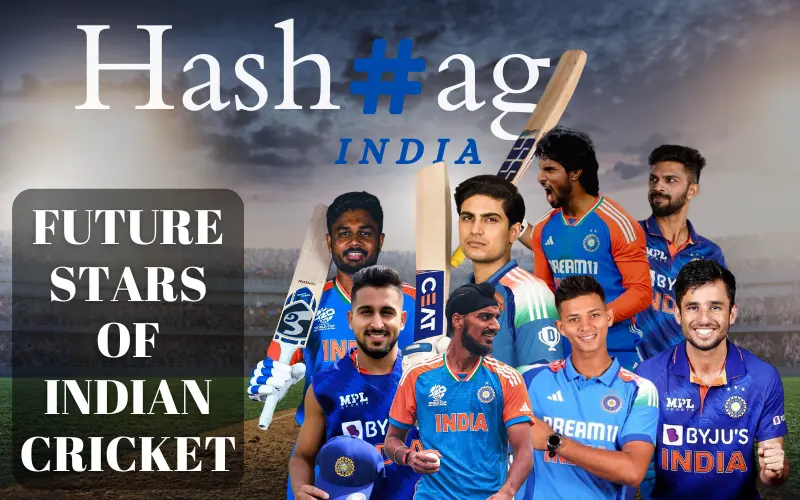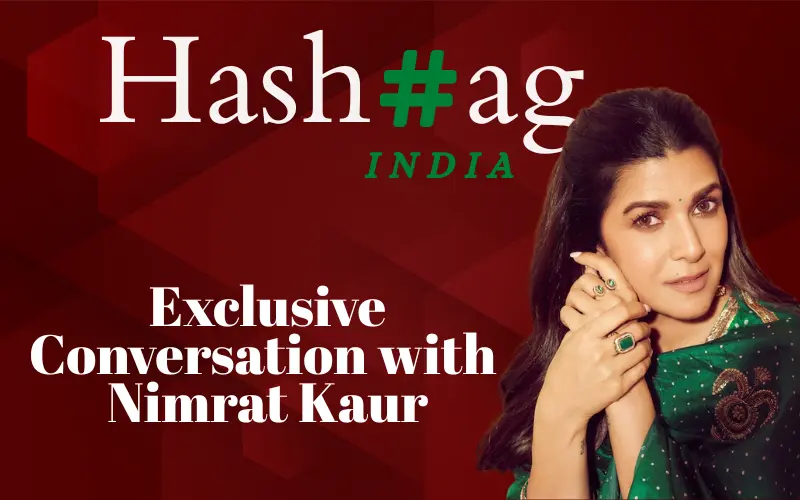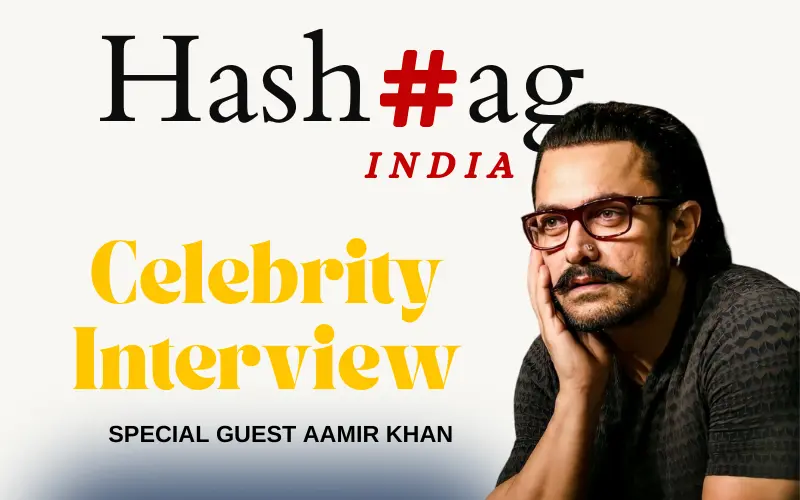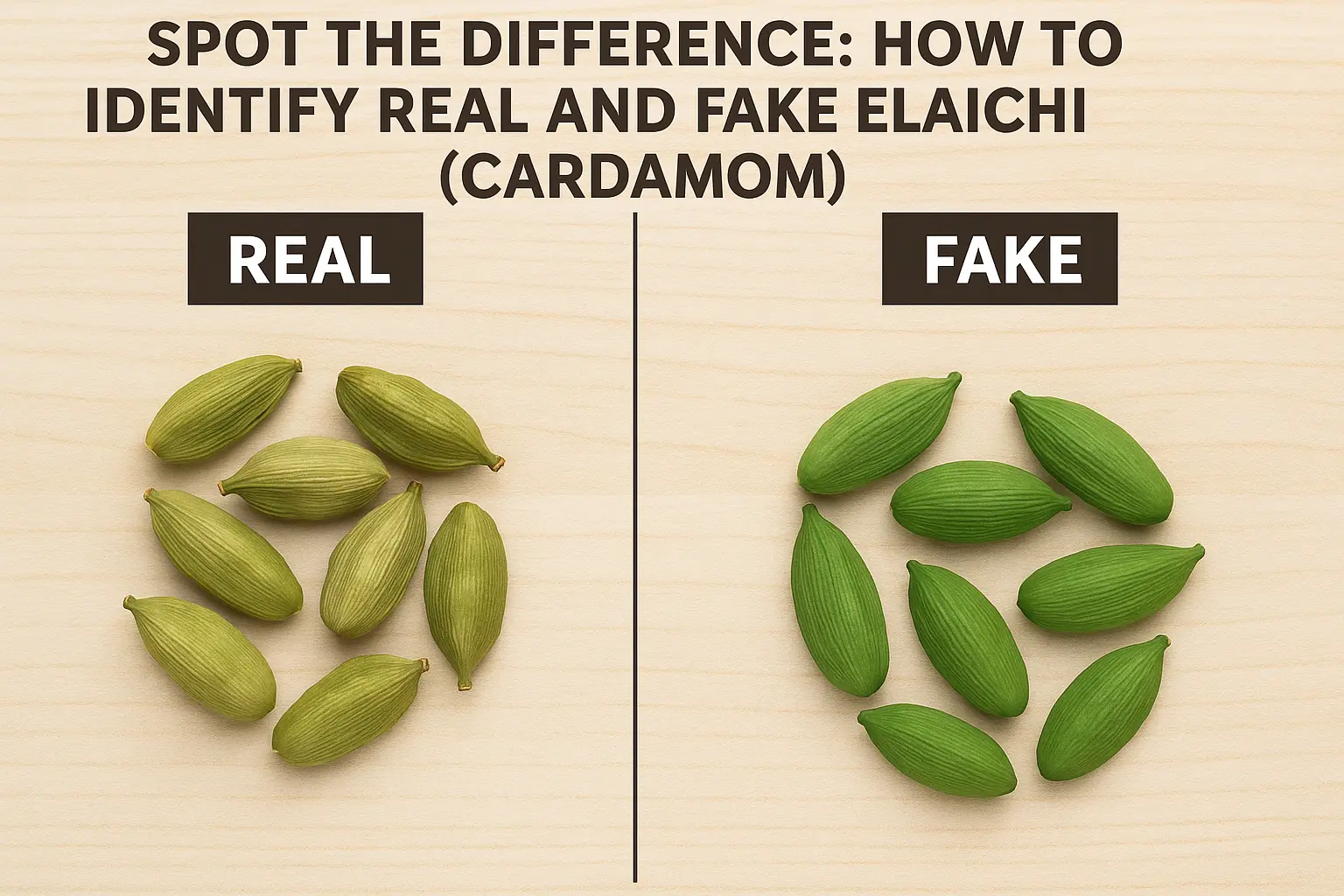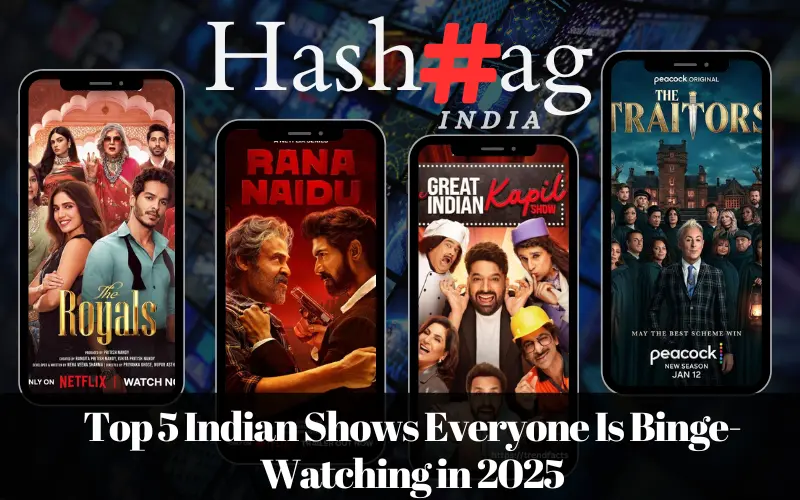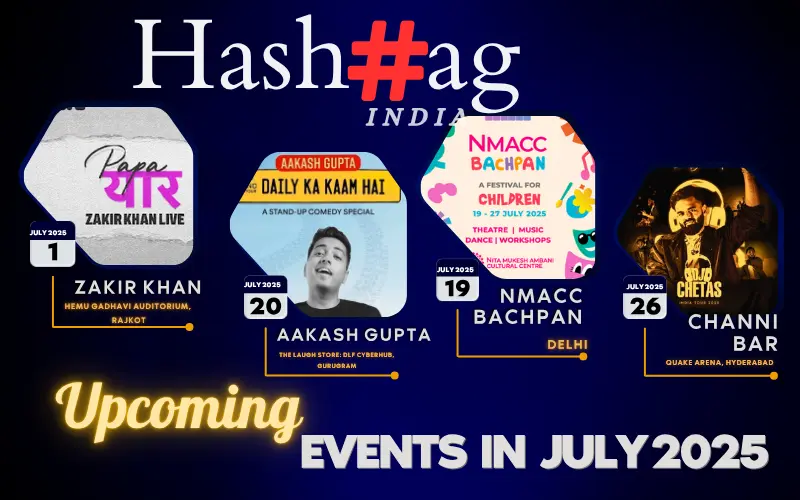These recipes span a diverse culinary spectrum from Mock Meat Aloo Kheema to Hyderabadi Biryani, Kori Gassi to Bread Caramel Pudding. Anita Raheja engages in enlightening conversations with celebrities as they divulge their cherished dishes and share their favorite recipes.
Malaika Arora
Malaika Arora adheres to a dietary philosophy of ‘abundant green vegetables and minimal dairy products.’ She enjoys culinary endeavors and excels at preparing a delicious fish curry. While she ventured into trying Fugu, the Japanese pufferfish, she strongly prefers her mother’s Kerala fish curry on any given day.


Malaika Arora’s Favourite Recipe- Kerala Fish Curry
Ingredients
2 red snapper fillets (skin removed)
2 to 3 tbsp. coconut oil
1 tablespoon saunf (fennel seeds)
12-15 fresh curry leaves
2 fresh turmeric (julienne cut)
2 ginger (julienne cut)
1 medium-sized onion (finely chopped)
10 to 12 pearl onions
4 to 5 slit green chillies (or as per taste)
1 1/2 cup thin coconut milk
1/2 cup thick coconut milk
Salt to taste
Method:
– Heat coconut oil in an earthen pot until hot.
– Add saunf and wait for it to splutter. Put in onions, green chillies, curry leaves, turmeric julienne, and ginger.
– Sauté on low heat until onions turn pink.
– Pour in thin coconut milk and stir until it boils.
– Add salt and mix well.
– Reduce the flame.
– Gently place fish pieces into the pot without stirring. Carefully roll the pot to coat the fish. Cook fish for 7-8 minutes.
– Add thick coconut milk and cook for an additional minute.
– Turn off the heat. Cover and let it sit for an hour to allow the coconut milk to thicken.
Note: Fresh turmeric is recommended for better color and aroma. Use an earthen pot for improved flavor retention.
Sunny Leone
In Sunny Leone’s childhood, pizza nights were a cherished memory. She reminisces, “From Sunday to Thursday, my mother would prepare dal, sabzi, rotis, or rice. However, Fridays and Saturdays were reserved for meat, either ordered or cooked by my parents. Pizza was my favorite during my teenage years, and I especially enjoyed my mother’s lasagna.” Sunny has a sweet tooth, and it’s no surprise that her favorite recipe is bread caramel custard.


Sunny Leone’s Favourite Recipe – Bread Caramel Pudding
Ingredients:
1 litre milk
8 tablespoons vanilla custard powder
4 tablespoons water
4 bread slices
10 tablespoons sugar
For Caramel:
4 teaspoons sugar
2 tablespoons water
Method
Making the Milk Pudding:
1. Begin by trimming the crusts from the bread slices and breaking them into small pieces.
2. Bring milk to a boil over medium heat in a medium-sized pot.
3. Add the bread pieces to the boiling milk and let it simmer for 15 minutes, stirring occasionally.
4. Combine custard powder with 4 tablespoons of water in a separate bowl, ensuring it’s thoroughly mixed.
5. Gradually incorporate the custard mixture into the boiling milk while stirring continuously to prevent lumps from forming. Add sugar when the milk thickens.
6. Once the sugar is fully integrated, turn off the heat and allow the mixture to cool. Use a hand blender to blend it until it’s smooth and uniform.
Preparing the Caramel:
1. In a medium-sized aluminum or steel container, melt 4 teaspoons of sugar with two tablespoons of water over low heat until it turns a rich brown color.
2. Evenly coat the container with the melted caramel.
3. Turn off the heat and let the caramel cool completely.
4. Pour the cooled milk mixture into the caramel-coated container.
5. Refrigerate for 7 to 8 hours to allow it to set.
6. Serve the pudding chilled.
Pooja Hegde
Pooja Hegde’s culinary preferences prioritize seafood, followed by mutton and chicken. She always includes curds and/or chhaas in her meals. While she maintains discipline regarding junk food, her Achilles’ heel is sweets, mainly chocolates, which never fail to melt her heart. Interestingly, she occasionally shares a chicken recipe despite seafood topping her list.


Pooja Hegde’s Favourite Recipe – Kori Gassi (Mangalorean Chicken Curry)
Ingredients:
750 Gms broiler chicken (with bones)
Salt to taste
Ingredients for the masala paste:
1 tablespoon coconut oil
10 to 12 Byadgi chillies (or as per taste)
2 tablespoons whole coriander seeds
1 teaspoon cumin seeds
1/2 teaspoon methi (fenugreek) seeds
1 teaspoon peppercorns
1 small stick cinnamon
3 to 4 cloves
1 teaspoon poppy seeds
6 to 8 cloves garlic
1 small onion (chopped)
10 to 12 curry leaves
1/2 coconut (grated)
Lemon sized tamarind
1 cup thin coconut milk or water
Ingredients for the Gassi
1 tablespoon ghee
1 teaspoon mustard seeds
10 to 12 curry leaves
1 medium-sized onion (finely sliced)
1 cup thin coconut milk
1/2 to 3/4 cup thick coconut milk (or as required)
Salt to taste
Finely chopped coriander leaves (to garnish)
Preparing the Chicken:
– Clean and wash the chicken, then season with salt. Set it aside.
Making the Spice Paste:
– Heat oil in a non-stick pan or heavy-bottomed vessel.
– Add red chillies, coriander, methi, cumin, peppercorns, cinnamon, cloves, poppy, garlic, onion, and curry leaves.
– Sauté over low heat until aromatic, then remove and set aside.
– In the same vessel, add grated coconut and sauté until it turns lightly golden in colour.
– Remove from heat and combine it with the previously roasted ingredients.
– Add tamarind and a bit of thin coconut milk or water.
– Grind the mixture into a smooth paste.
– Keep the paste aside for later use.
Preparing the Gassi:
– Heat ghee in a heavy-bottomed vessel.
– Add mustard seeds; when they splutter, add curry leaves and onion.
– Sauté onions over medium heat until golden.
– Add chicken and sauté on low flame for 10-12 minutes, stirring regularly.
– Pour in a cup of thin coconut milk and gently stir.
– Adjust salt (chicken is pre-seasoned) and cover, cooking on low flame, stirring occasionally.
– Add the reserved masala paste and mix well when the chicken is almost cooked.
– Pour in thick coconut milk and gently stir. Bring to a boil.
– Garnish with finely chopped coriander leaves.
– Serve hot with Kori roti, neer dosa, or rice.
Aditi Rao Hydari
Aditi Rao Hydari has diverse food preferences, from chicken tikka to a bowl of veggies and idlis! She has a deep affection for her mother’s cooking, praising her ability to prepare a delectable and wholesome meal in a jiffy effortlessly. Ironically, Aditi is a skilled creator of Hyderabadi Dum Biryani herself. While most people savor second helpings of biryani, Aditi is a light eater, not inclined to indulge in large meals.
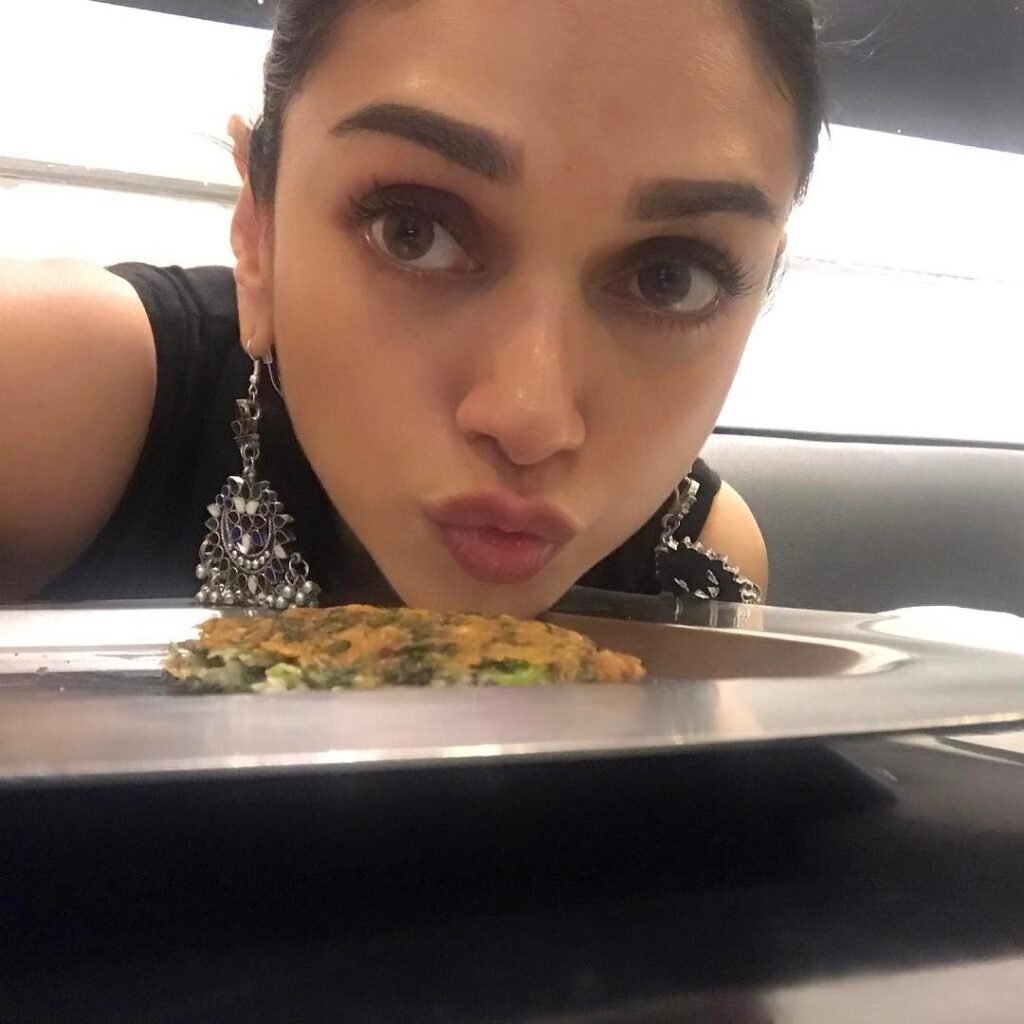
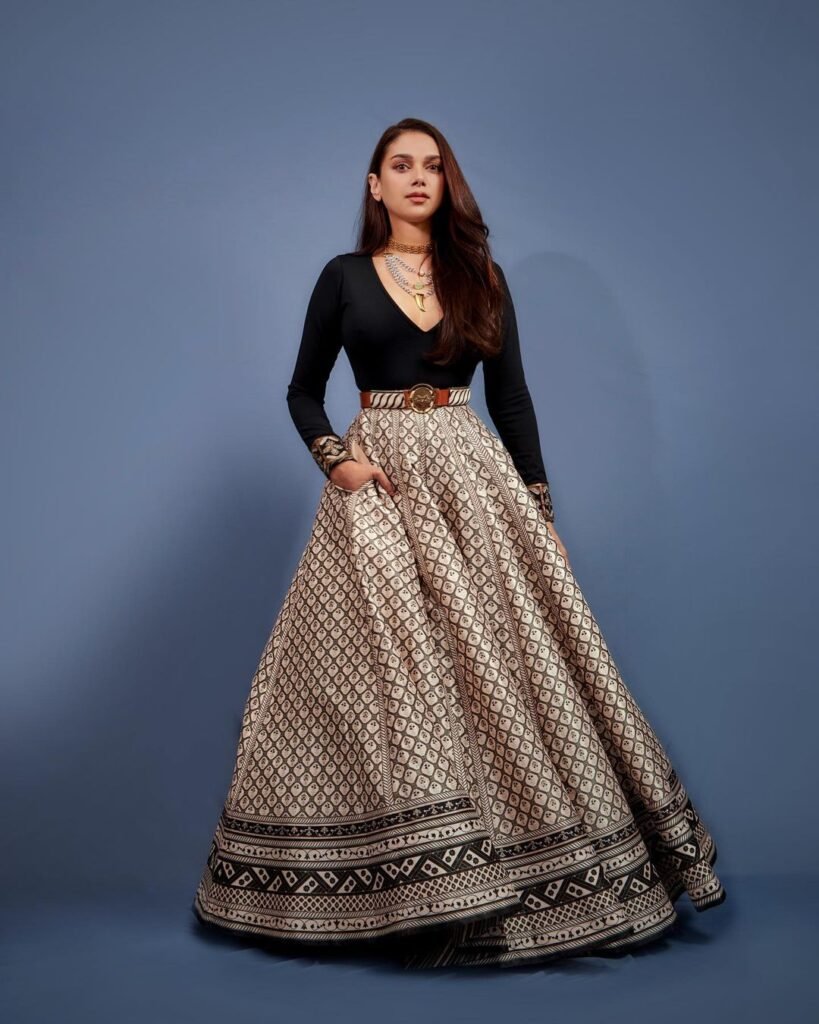
Aditi Rao Hydari’s Favourite Recipe – Hyderabadi Dum Biryani
Ingredients
For the mutton-
1 kg mutton
300 Gms thick curd
2 tablespoons ginger-garlic paste
2 tablespoons green chilli paste (or as per taste)
2 1/2 teaspoons red chilli powder (or as per taste)
21/2 teaspoon coriander powder
1/2 teaspoon turmeric powder
1 teaspoon cumin seed powder
1 teaspoon garam masala powder
Handful of chopped fresh coriander leaves
Handful of chopped fresh mint leaves
6 onions (finely sliced)
1 teaspoon cumin seeds
Oil for frying the onions
Salt to taste
Other Ingredients
1/2 kg Basmati rice (washed and soaked for 20 minutes)
2 to 3 bay leaves
4 cloves
1 black cardamom
4 green cardamoms
1 stick cinnamon
Juice of 1 lemon
Salt to taste
Water to cook the rice
Ingredients to assemble the biryani-
1 small bowl of ghee
1 small bowl of warm milk
Few strands saffron
Juice of 2 lemons (optional)
Some fried onions
Handful of fresh coriander leaves (finely chopped)
Handful of fresh mint leaves (finely chopped)
Wheat flour dough to seal the dekchi
Marinating the Mutton:
– Finely slice and deep fry the onions until golden; drain on a kitchen towel.
– Wash the mutton and set aside.
– Whisk the curd in a bowl and add powdered spices, ginger-garlic, green chilli paste, 4 tablespoons of fried onions, salt, and coriander-mint leaves. Mix well.
– Add the mutton to the mixture, and marinate in the fridge for 2 to 3 hours.
– Heat the remaining oil (used for frying onions) in a heavy-bottomed vessel, add cumin seeds, and add the marinated mutton when they splutter.
– Cook on low flame, stirring occasionally, until the meat is tender. Add a little water if necessary. Set aside.
Cooking the Rice:
– Boil water in a heavy-bottom vessel and add bay leaves, cloves, green and black cardamoms, cinnamon sticks, lemon juice, and salt.
– Stir in the rice and cook on medium flame until it’s almost 75% done.
– Drain the water completely and spread the rice on a large plate to cool.
Assembling the Biryani:
– Soak saffron in warm milk for 10 minutes.
– In a large, flat, heavy-bottomed utensil, lightly heat 3 tablespoons of ghee.
– Layer the rice, drizzle a spoonful of saffron milk, and sprinkle fried onions.
– Add a layer of mutton, drizzle some lemon juice, and garnish with fresh coriander and mint leaves.
– Repeat with another layer of rice, saffron milk, and fried onions.
– Add the remaining mutton, lemon juice, and fried onions.
– Finish with the remaining rice, ghee, and saffron milk, and garnish with coriander and mint leaves. Top with the remaining fried onions.
– Cover the utensil with a lid, seal the lid with dough, and allow it to cook on a preheated tawa over very low heat for at least 45 minutes.
– Later, cut open the dough seal and garnish with the remaining fried onions, coriander, and mint leaves.
– Serve hot with onion kachumbar and raita.
Zahrhah Khan
Zahrah Khan, a multi-talented actor-singer, maintains a strict vegan diet and is exceptionally conscientious about her food choices. Skipping even a single gym session leaves her quite agitated. Her rationale is clear, “As a food enthusiast, I prefer to stay active and eat healthily.” Those in her inner circle affirm that Zahrah indulges in her culinary pleasures without hesitation, making it unlikely that she’ll ever require a tummy tuck.


Zahrah Khan’s Favourite Recipe – Mock Meat Aloo Kheema
Ingredients:
250 Gms soya granules
5 tablespoons oil
2 onions (finely chopped)
6 tomatoes (finely chopped)
1 tablespoon ginger-garlic paste
4 green chilies (finely chopped)
3 large potatoes (cut into small cubes)
1 teaspoon red chilli powder
2 teaspoons coriander powder
1 teaspoon cumin seed powder
Salt as per taste
2 cups (or as required to cook to soya)
Finely chopped coriander leaves
Preparing the Soya and Potato Curry:
– Soak the soya granules in hot water for a few minutes until they soften. Drain and set aside.
– Heat oil in a heavy-bottomed vessel.
– Add tomatoes, onions, green chillies, and ginger-garlic paste—Sauté over low heat until the tomatoes become soft.
– Add the soya granules and potatoes, continuing to sauté on a low flame, stirring regularly to ensure even cooking.
– Add the powdered spices and season with salt. Mix thoroughly and cook for 10 minutes over low heat or until the oil separates.
– Stir in freshly chopped coriander leaves and cook for 2 minutes to enhance the flavor.
– Pour in water, mix well, and cover the vessel with a lid. Cook over low heat until all the water evaporates and the soya is fully cooked.
– Garnish with more freshly chopped coriander leaves and serve hot with rotis.



